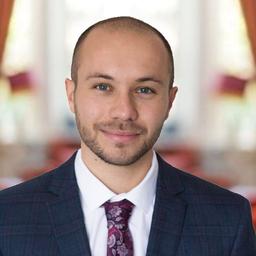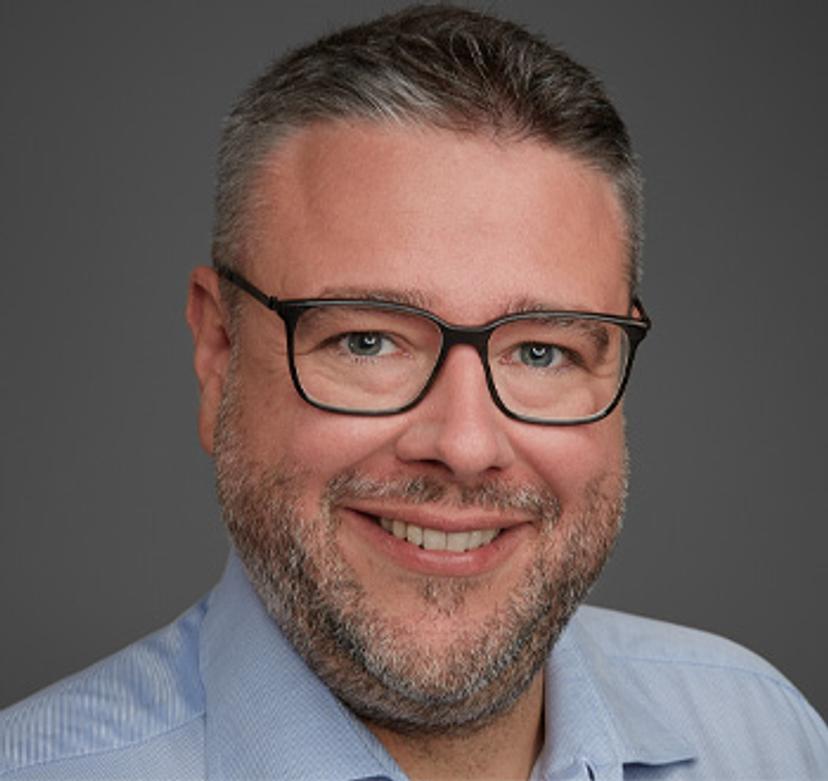Getting organoids into the clinic
Dr. Christian Regenbrecht discusses the power of patient-derived tumor organoids and their promising future in clinical practice
31 Jul 2024

Dr. Christian Regenbrecht, co-founder and CEO, ASC Oncology
In this interview, we hear from Dr. Christian Regenbrecht, co-founder and CEO of ASC Oncology, about how his team is using patient-derived tumor organoids to help clinicians and patients make the best possible treatment decisions. Regenbrecht also shares the advantages of using a 3D cell culture approach and reveals how he sees organoid models moving into clinical practice in the future.
Bringing targeted tumor therapy to patients
The development of patient-derived organoids (PDO) to provide in vitro replicas of patient tumors has revolutionized cancer research over the past 20 years, with important implications for drug development and precision cancer medicine. Working throughout this time, Dr. Christian Regenbrecht, a molecular biologist by training, has dedicated much of his career to the refinement of these 3D cell culture models for both screening candidate anti-cancer drugs and more recently, helping to bring targeted tumor therapy to patients.
As the co-founder and CEO of ASC Oncology, one of the first companies to offer organoid services directly to patients and oncologists, Regenbrecht and his team are using patient-derived tumor organoids to predict the success of cancer therapies and provide insight into possible side effects in order to help guide patient-tailored treatment.
For this, tumor tissue obtained from a patient during surgery or biopsy is cultured using established protocols to rapidly and reliably generate three-dimensional mini-tumors. “We plate out the material in specific media compositions that we have determined are the best for each individual tumor entity,” explains Regenbrecht. “This includes rare cancers such as sarcomas, which are soft tissue tumors, and for these, we’ve been able to achieve cell culture intake rates of about 80% – which is unparalleled in the literature.”
Following establishment, the models are then tested in the laboratory for their sensitivity to certain active substances. “Within 30 days of receiving the tissue, we can test all drugs and combinations of drugs that the oncologist is willing to use on that patient,” says Regenbrecht. “We then compare that data and discuss it with the oncologist at inter-disciplinary tumor boards in order to come up with the best treatment decision for each patient.” Given that chemotherapy fails for around half of the world’s cancer patients, using this organoid approach to identify the best possible chemotherapy for each patient and avoid ineffective treatments can be of invaluable benefit, greatly increasing the chances of patient recovery compared to conventional recommendations.
Personalized oncology is more than just sequencing cancer genomes
Dr. Christian Regenbrecht Co-founder and CEO of ASC Oncology
Critical to ASC Oncology’s approach, Regenbrecht affirms, is providing an in-depth analysis of patient tumors to drive well-informed clinical decisions, “At ASC Oncology, we believe personalized oncology is more than just sequencing cancer genomes,” he says. This is because while tumor genomic profiling for personalized oncology therapy is being widely applied in clinical practice, molecular pathology alone is often not sufficient to predict responses to targeted therapies.
“There were studies in 2019 and 2020 that showed only 5% of patients benefit from sequencing the tumor genome”, explains Regenbrecht. To address this, his team employs multiplex western blotting to provide targeted proteomics data on the patient-specific tumors and unravel aberrations on the functional level of the signaling pathway. “We look at the proteins before and after treating the organoids in vitro and this helps us understand which proteins are driving the growth of the tumor – and we include this data in our report,” says Regenbrecht. “Using DigiWest, a phosphoproteomic approach which couples antibodies to fluorescently labeled beads, and with just 40 micrograms of protein, we can interrogate up to 200 phosphoproteins in the organoids, and theoretically, come up with 800 phosphoproteins per sample.”
The need for 3D
As organoid research develops, PDO models are becoming increasingly recognized for their ability to recapitulate morphological and genetic features of original tumors, including tissue heterogeneity, cell-to-cell signaling and architecture, with high accuracy and stability. “We have our models characterized by trained pathologists, and for breast cancer, colon cancer, and sarcomas, they are able to correctly determine the diagnosis of the original tissue based on the organoid itself,” says Regenbrecht. As a result, organoids can offer several advantages for modeling patient responses compared to other pre-clinical models. “2D cell cultures are way too artificial,” asserts Regenbrecht. “For example, with monoclonal antibody drugs such as cetuximab, it has been shown in the literature that 2D cell cultures do not have any predictive value due to the highly artificial way these cells grow flat on plastic – the impression of the receptors is not comparable to those in three-dimensional tumors in the patient.”
In contrast, Dr. Regenbrecht is confident that the models his team is developing are reliable and clinically relevant for the testing of chemotherapy agents. “If we mimic the treatment regimen in the patient as closely as possible, the results become more and more aligned,” he says. “In fact, these data are so convincing we are currently planning, alongside a large university hospital in Austria, the first stage-four clinical trial of first-line treatment in sarcomas.”
Bringing organoids into clinical practice
Despite the numerous advantages of PDOs over other pre-clinical models, a few limitations must still be addressed before organoids can be integrated into clinical practice. Tumor heterogeneity both within and between tumors from the same patient poses a significant challenge. Even with the use of multi-omic approaches to identify sub-clonal drivers of tumor growth and metastasis, responses to targeted treatment can vary between cancer deposits in the same patient, making it difficult to define therapeutic strategies. In addition, the lack of micro-environment in many PDO culture systems can limit their clinical applications – although new and exciting research is already countering this using sophisticated ex vivo PDO models that closely mimic in vivo conditions.
Looking to the future, Dr. Regenbrecht suggests a shift in the perception of smaller-number studies will be essential for PDOs to make their way into routine clinical practice. “I think the biggest challenge is convincing the oncologists to leave the traditional path of large cohort studies and to understand the concept of lower number studies such as n=1,” says Regenbrecht. “There needs to be a transition and this needs to be accomplished by political willfulness to change these things at FDA and EMA level.” Regenbrecht concludes: “Once we reach that, this will give oncologists an umbrella where they can safely work within this precision oncology space without fear of being charged with any liabilities when they leave the path of the standard treatment options.”
References
Hedayat S, Valeri N. Patient-derived organoids: Promises, hurdles and potential clinical applications. Clinical Oncology. 2020
Find the latest techniques, methods, and resources for 3D cell culture research in our new Special Feature>>
